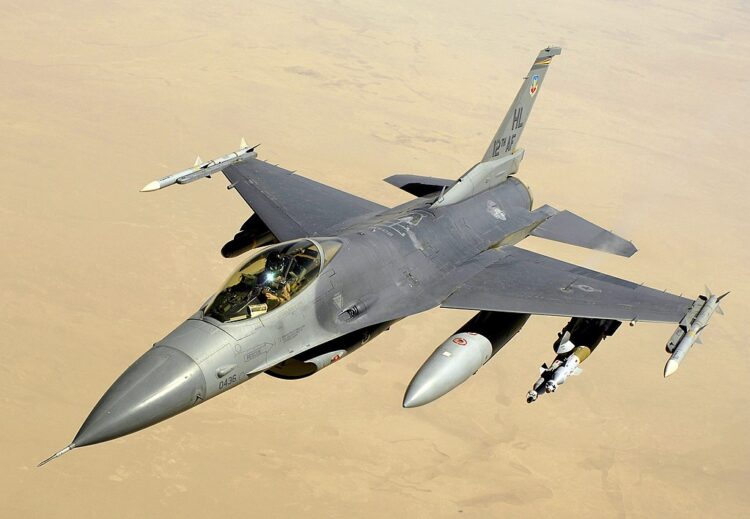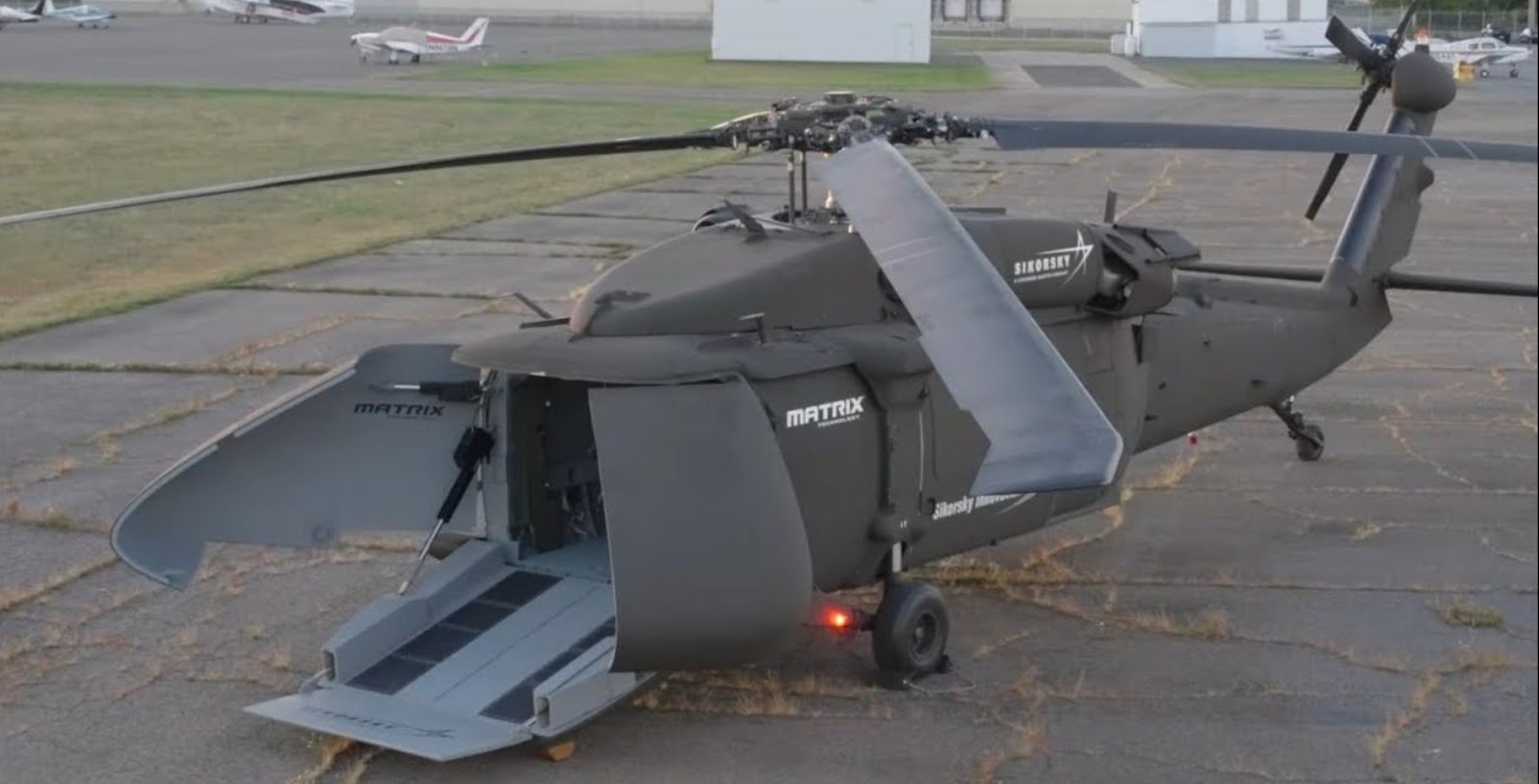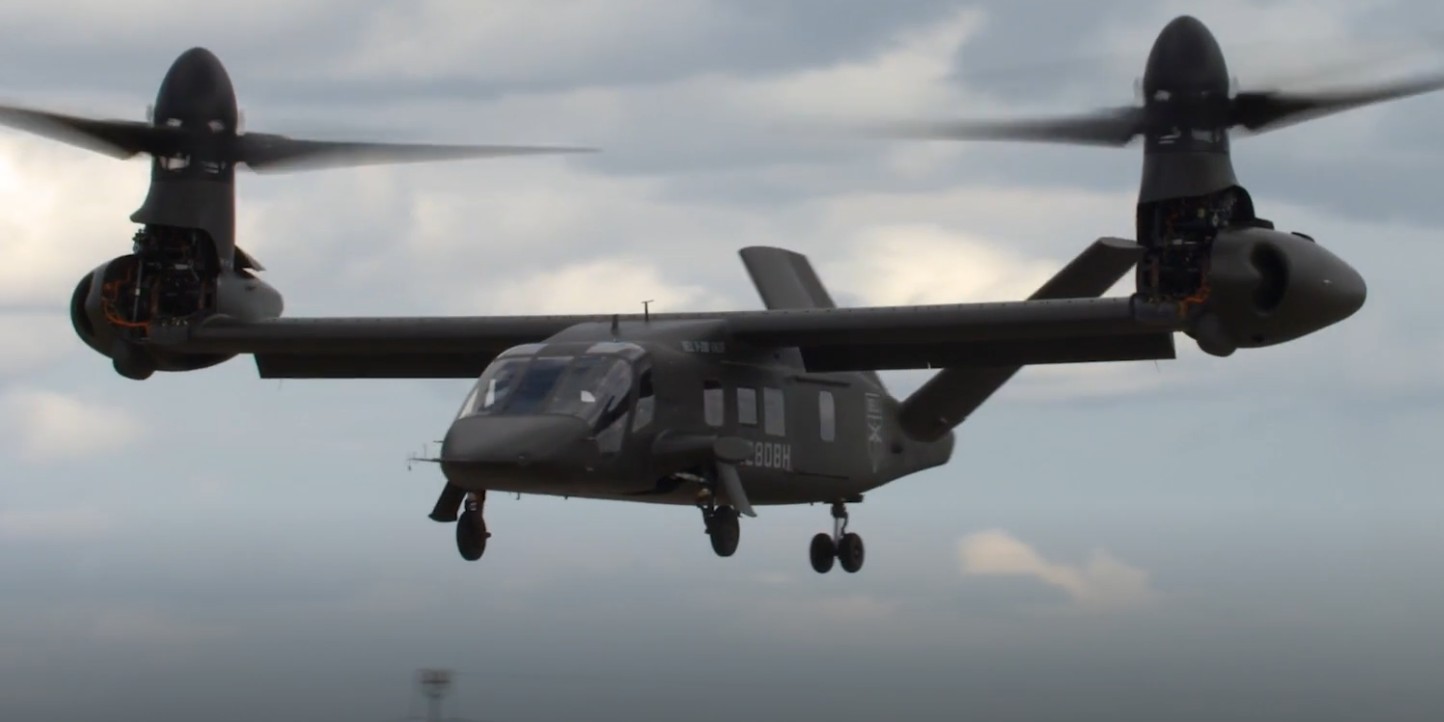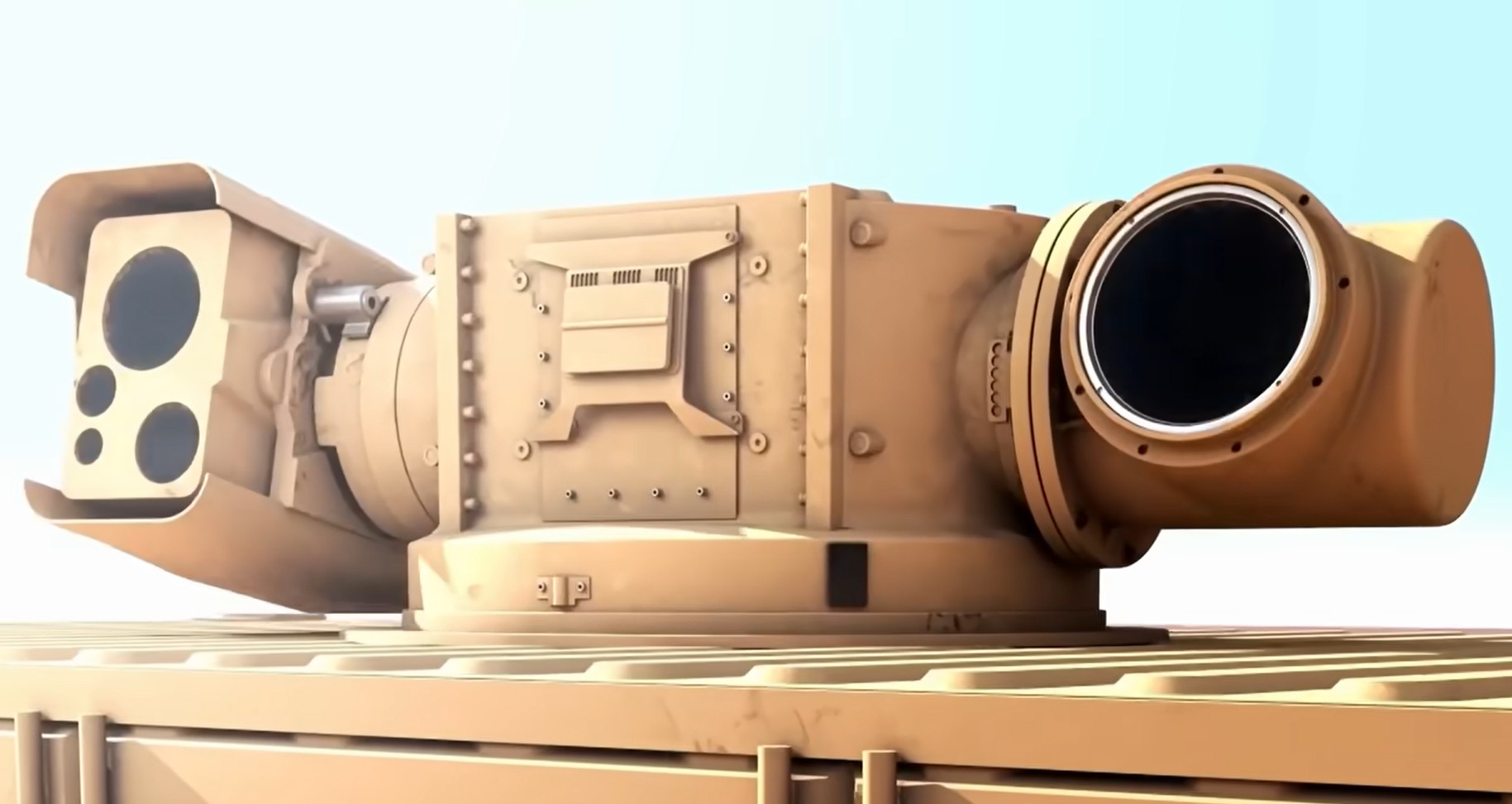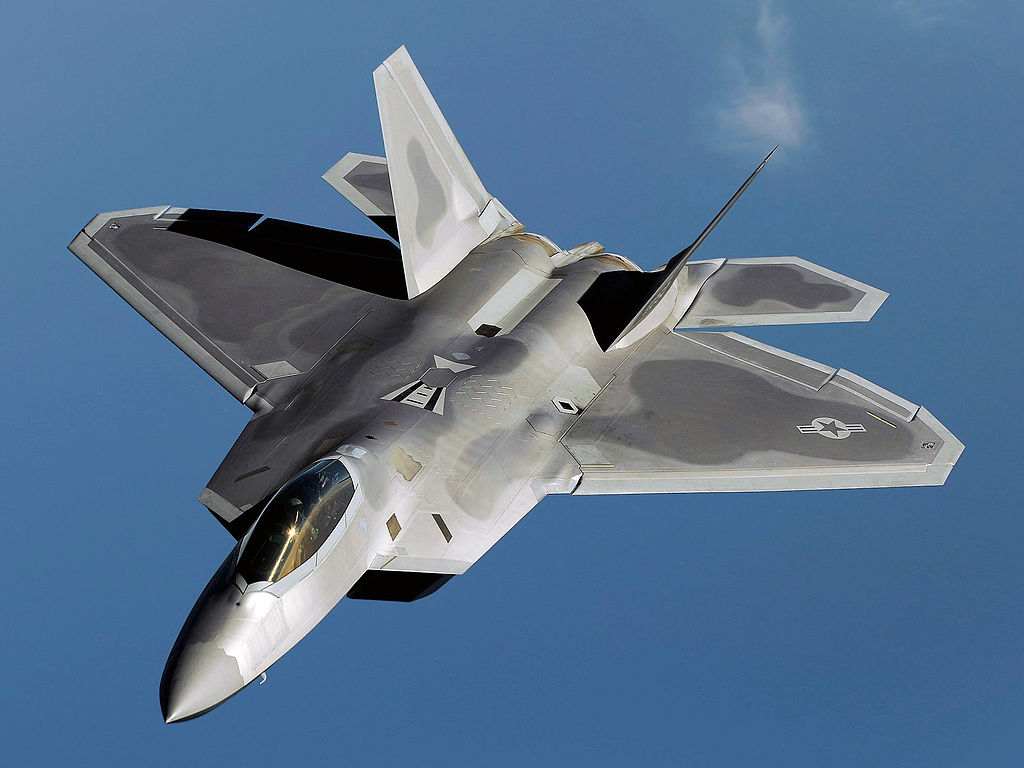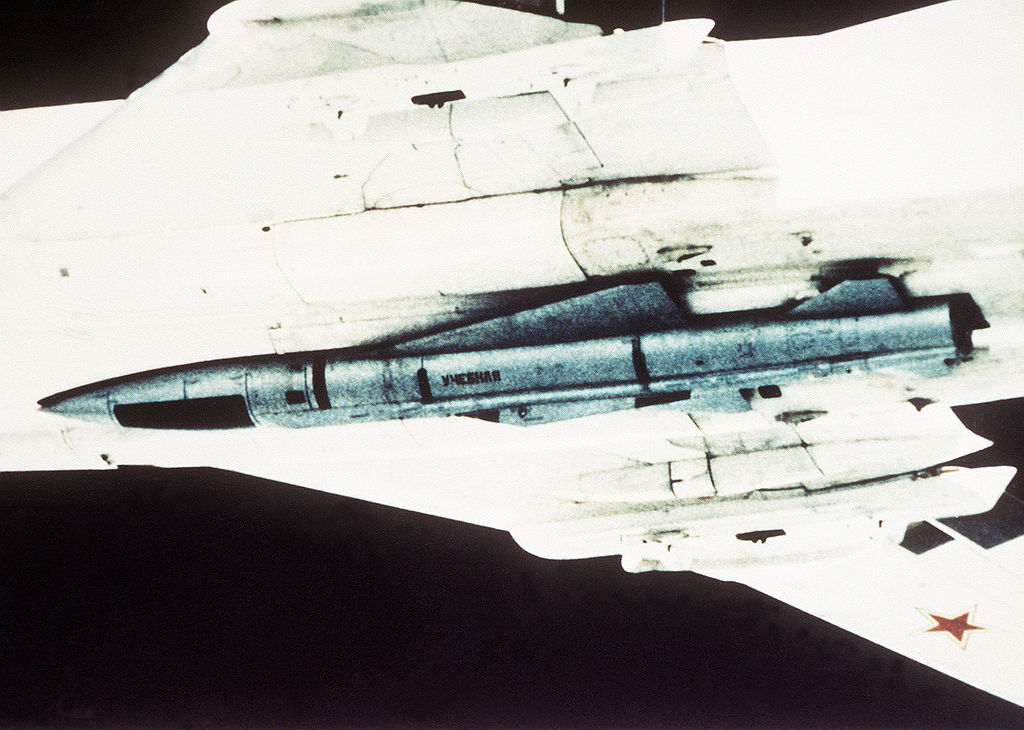Introduction
The F-16 Fighting Falcon is a multirole fighter jet that has been a staple of the United States Air Force since its introduction in the 1970s. Throughout its service, the F-16 has proven to be a highly versatile and agile aircraft, capable of carrying out various missions with exceptional performance.
Design and Features
The F-16’s design emphasizes maneuverability and air superiority. It features a delta wing, a single-engine, and a frameless bubble canopy for enhanced visibility. The aircraft’s aerodynamic design enables it to execute high-G maneuvers and maintain stability even at supersonic speeds.
Performance
The F-16 is powered by a General Electric F110-GE-129 or Pratt & Whitney F100-PW-229 engine, depending on the variant. These engines provide the aircraft with a maximum speed of Mach 2 and a range of over 2,000 miles. The F-16 is also capable of flying at altitudes of up to 50,000 feet.
Combat Capabilities
The F-16 is equipped with an array of advanced avionics, sensors, and weapons systems that make it a formidable combat aircraft. It is armed with an internal 20mm M61 Vulcan cannon for close-range engagements. Additionally, the F-16 can carry a variety of air-to-air and air-to-ground missiles, as well as precision-guided bombs.
Roles and Missions
The F-16’s versatility allows it to perform a wide range of missions, including air superiority, ground attack, and reconnaissance. It can engage enemy aircraft in aerial combat, provide close air support to ground forces, and conduct precision strikes on enemy targets. The F-16’s advanced technology and superior maneuverability give it a significant advantage in combat scenarios.
Operational History
The F-16 has been used in numerous conflicts and military operations around the world. It has proven its effectiveness in combat during operations such as Desert Storm, Allied Force, and Iraqi Freedom. The F-16’s reliability, ease of maintenance, and cost-effectiveness have made it a popular choice among many countries.
Upgrades and Variants
Over the years, the F-16 has undergone several upgrades to enhance its capabilities. These upgrades include improved avionics, radar systems, and weapon systems. Additionally, various variants of the F-16 have been developed to meet the specific requirements of different countries.
| Variant | Year Introduced | Primary Operator |
|---|---|---|
| F-16A | 1978 | United States Air Force |
| F-16B | 1978 | United States Air Force |
| F-16C | 1984 | United States Air Force |
| F-16D | 1984 | United States Air Force |
| F-16E/F | 2004 | United Arab Emirates |
| F-16I Sufa | 2004 | Israel |
Conclusion
The F-16 Fighting Falcon has proven to be a highly effective and versatile fighter jet throughout its decades-long service. Its agility, advanced technology, and combat capabilities make it a formidable asset in any military operation. As the F-16 continues to evolve and undergo upgrades, it will remain a vital component of air forces around the world for years to come.
